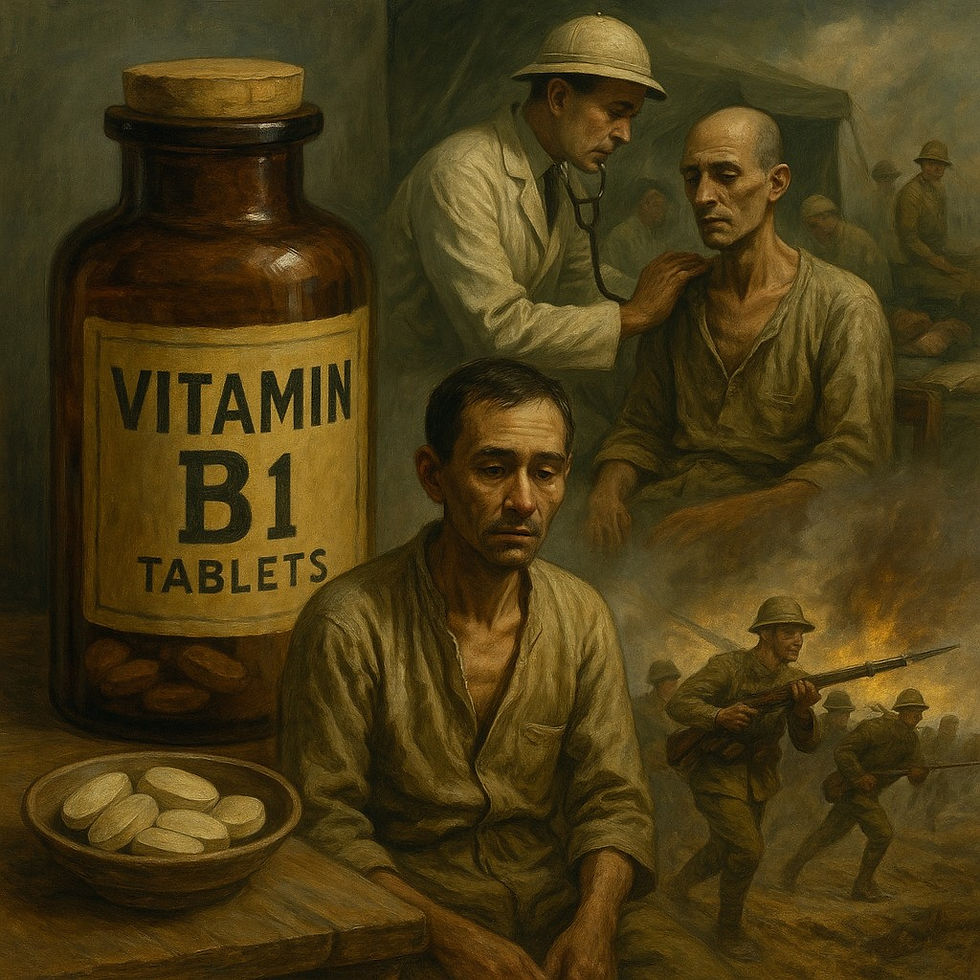The story behind the birth of steroids
- H.Kitaoka
- Jul 8
- 3 min read
Updated: Sep 1

Steroids are used primarily in dermatology for pain relief and anti-inflammation purposes, but they actually utilize substances that already exist in our bodies. What is not widely known is that the researcher who contributed to the discovery of these steroids was awarded the Nobel Prize in Physiology about half a century ago. In other words, they were groundbreaking at the time.
The history of the discovery and practical application of steroids was marked by fierce competition between researchers. It was a researcher named Hartman who discovered the effects of steroids. He discovered that an extract from bovine adrenal cortex was effective against Addison's disease, a severe disease in which the skin turns black and brown, eventually leading to death, and named this extract "cortin." At this point, it was unclear which substance in the extract was showing the effect.
Later, a researcher named Kendall extracted eight substances from cortisol and carefully examined the physiological effects of each one. He identified a substance that had a life-prolonging effect on animals and named it "compound E" (later named cortisone).
At the same time, a researcher named Reichstein had isolated 29 hormones from the adrenal cortex in a similar way and elucidated their structures. Ironically, compound E, discovered by Kendall, was among these 29 hormones. A competition between researchers was taking place.
As mentioned above, during the fierce competition among researchers, a doctor named Hench began to pay attention to compound E. Involved in clinical practice and research on rheumatoid arthritis, he noticed that rheumatoid arthritis improved in pregnant women and jaundice patients. Thinking that compound E might hold the key, Hench visited Kendall and asked him to share compound E with him so that he could conduct clinical trials.
Kendall, who had already succeeded in mass synthesis by involving pharmaceutical companies at the time, readily accepted Hench's request, and clinical application progressed rapidly from there. It was found that the symptoms of rheumatoid arthritis patients who were administered Compound E improved dramatically, and it established itself as a miracle drug for rheumatoid arthritis, which was an intractable disease at the time. As you know, it is now used for many diseases.
As it is a steroid that has been studied by scientists and has a long history of use, there are great benefits to using it correctly. However, it is true that many patients (and worse, even medical professionals) have many misconceptions about it. Of course, side effects are not uncommon when it is used improperly or administered orally or via infusion over a long period of time. Pharmacists, who are professionals in medicine, want to be able to properly clear up such misconceptions. Common misconceptions include:
(1) It becomes addictive if it remains in the body
(2) Darkening of the skin
(3) Face becomes red and round
(4) Bones become brittle
It will be.
Regarding (1), topical steroids are unlikely to cause this risk. By carefully observing the progression of symptoms and reducing the dosage appropriately, the risk can be further reduced.
Regarding (2), topical steroid medications rarely cause skin tanning. However, as the skin condition heals, it may temporarily tan, and additives in the medication may make the skin more susceptible to sunburn.
Regarding (3), this is certainly possible when large amounts are used over a long period of time (especially when taken orally or by intravenous infusion), but as long as topical steroids are used appropriately, there should be no problem.
As for (4), this is also the same as (3).
In other words, in the most common situation of using topical steroids, it is safe to say that none of the misunderstandings will occur. However, for example, if someone uses something meant for the hands on their face, or if someone else uses something that is appropriate for one person, the risk of side effects increases.
Looking back at history, it can be said to be one of the most valuable medicines.



Comments